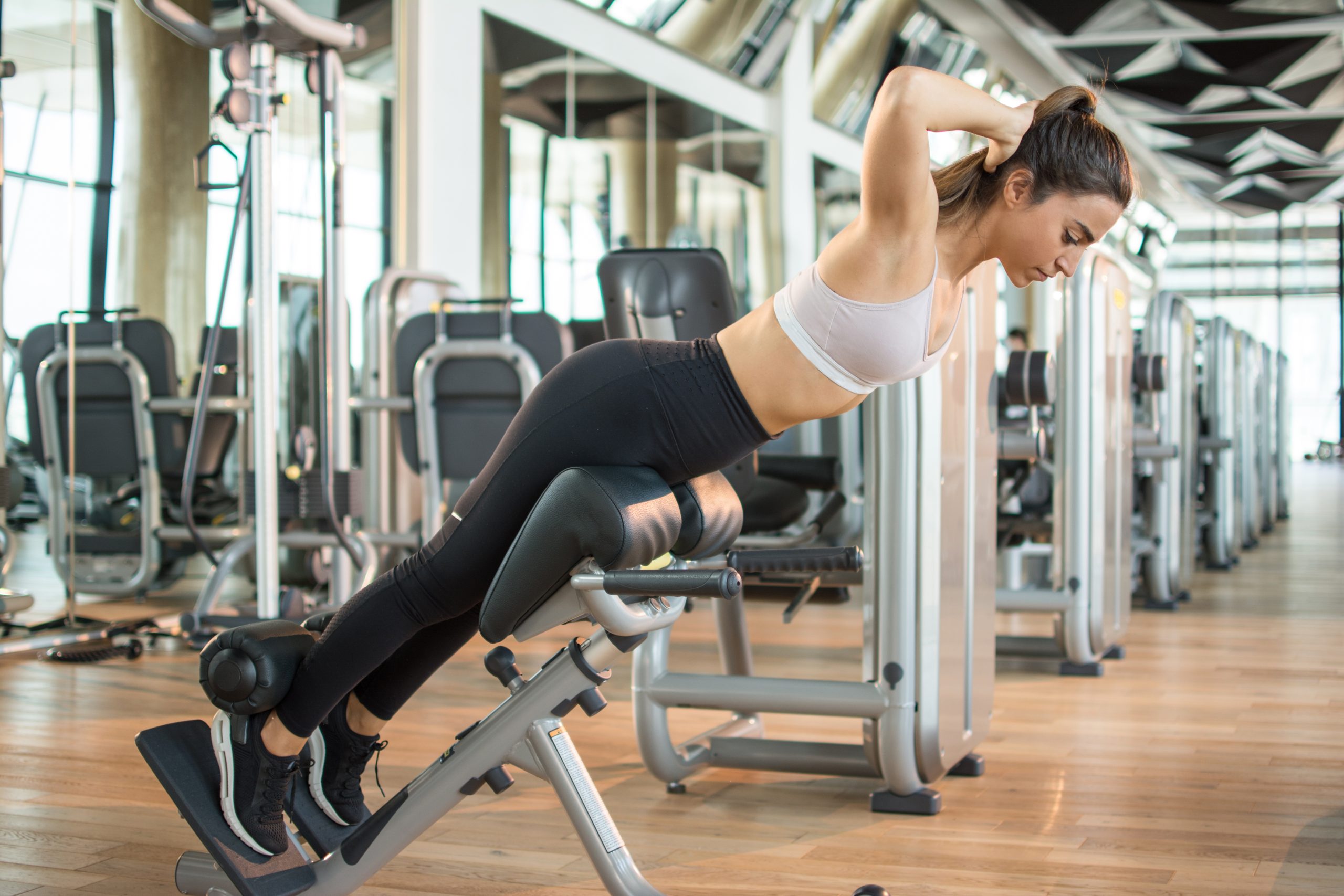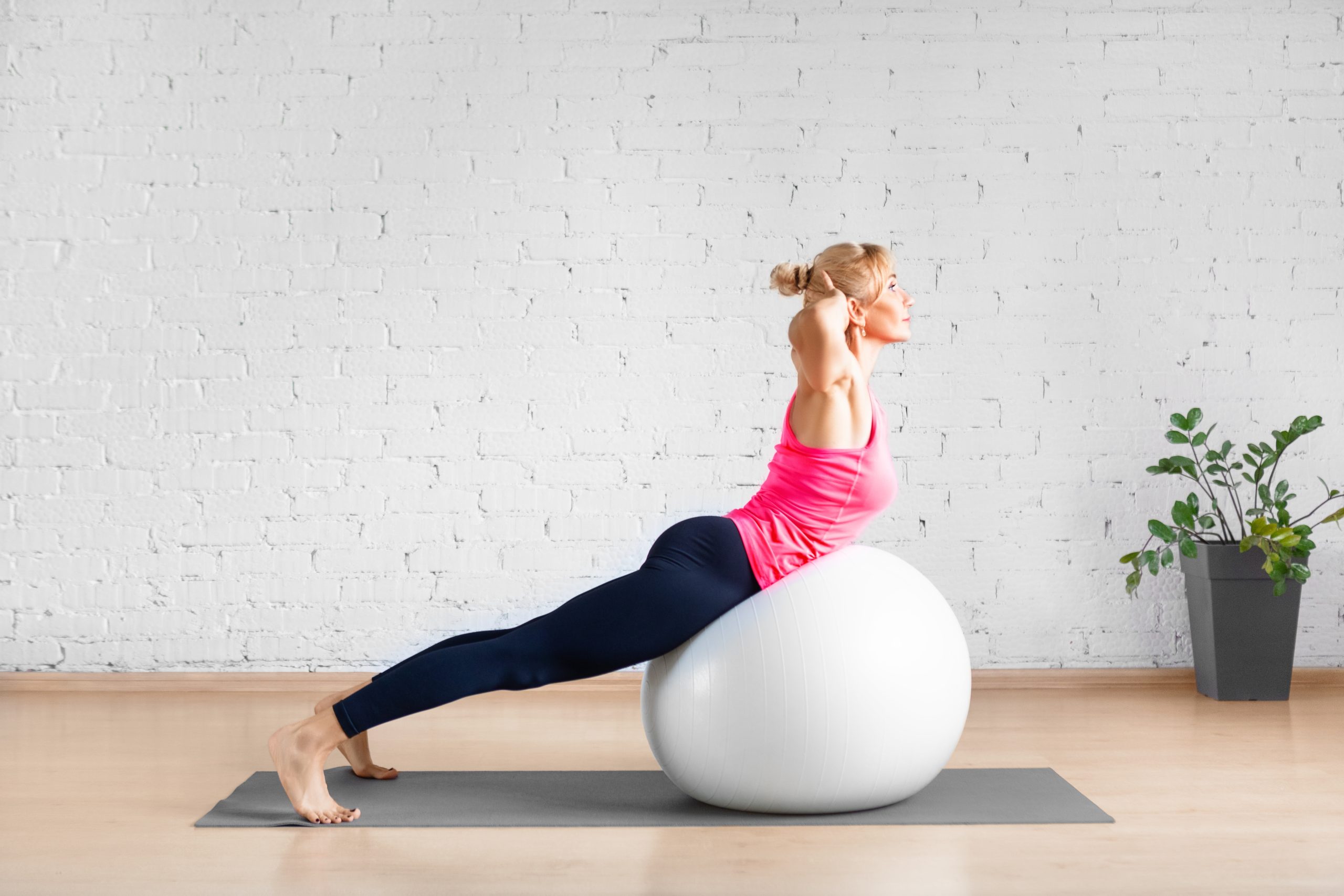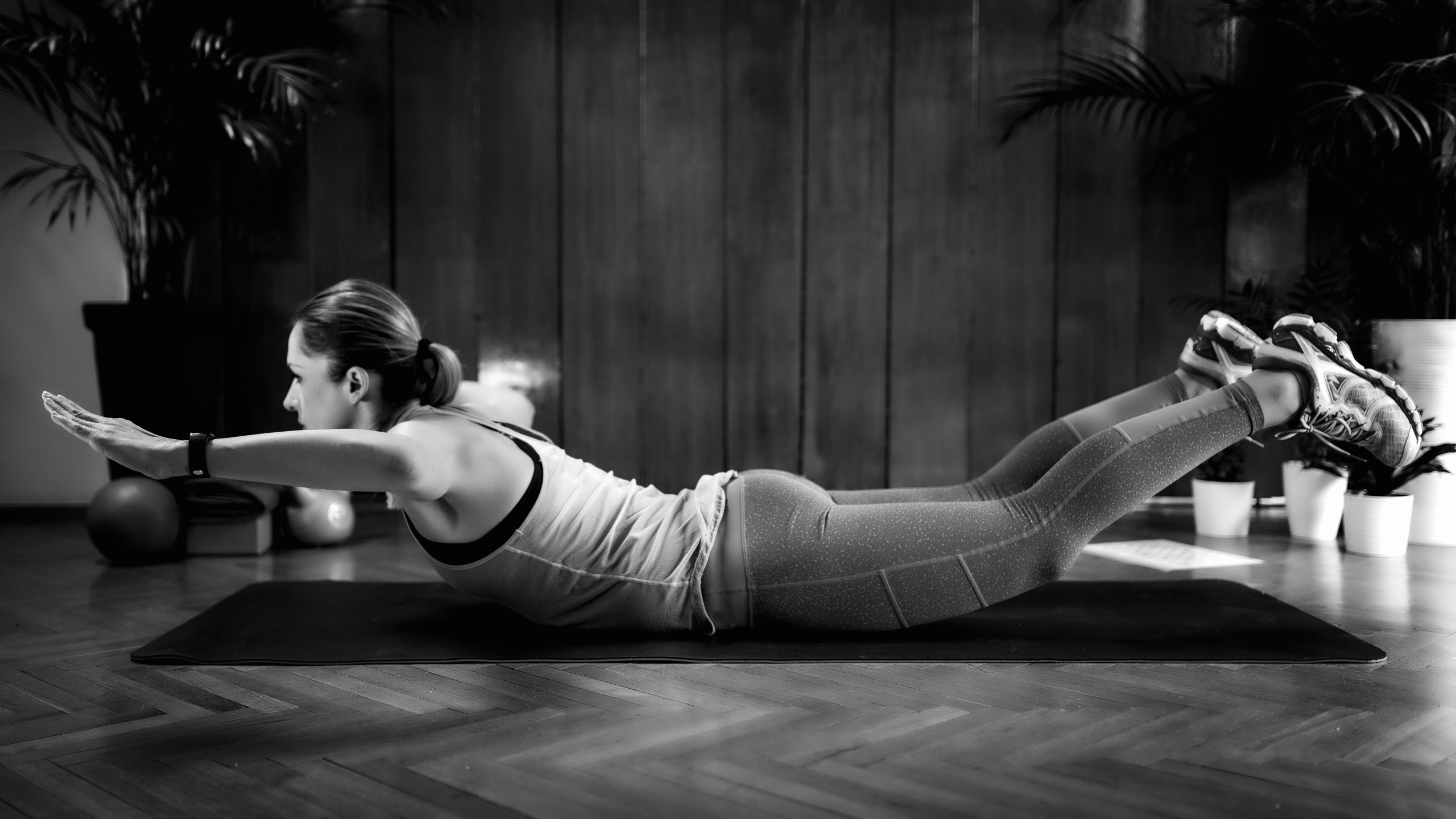Mastering Back Extensions: Form, Benefits, and Best Practices
Back extensions are a staple in fitness routines designed to strengthen the posterior chain—muscles running along the back of your body. These include the erector spinae (muscles running along the spine), glutes, hamstrings, and lower back. Whether you’re a beginner or an experienced athlete, mastering the back extension can improve your posture, alleviate back pain, and enhance overall functional strength. Let’s dive into this back extension
In this blog, we’ll dive deep into the importance of back extensions, proper form, benefits, and things to keep in mind while performing this highly effective exercise.
What Are Back Extensions?
Back extensions are an exercise that involves hinging at the hips and extending the spine to engage the posterior chain muscles. They can be performed using various methods, including a Roman chair, stability ball, or even lying flat on the ground. The exercise emphasizes spinal extension, which counterbalances the effects of prolonged sitting and slouching.
The most popular back extension is done using a romain chair but we will cover more variations below!
The Benefits of Back Extensions
- Strengthens the Lower Back
The primary muscle group targeted in back extensions is the lower back, specifically the erector spinae. Strengthening these muscles reduces the risk of injury during daily activities or other exercises. - Improves Posture
Modern lifestyles often lead to poor posture due to long hours of sitting. Back extensions help counteract this by reinforcing the muscles that support an upright posture. - Enhances Athletic Performance
Strong posterior chain muscles are crucial for activities like running, jumping, and lifting. Back extensions build the foundational strength needed for these movements. - Reduces Back Pain
Weak lower back muscles are a common culprit for chronic pain. Strengthening them with back extensions can alleviate discomfort and improve spinal stability. - Supports Functional Movement
Many daily activities, such as bending, lifting, and twisting, rely on a strong posterior chain. Back extensions improve functional strength and endurance. - Rehabilitative Benefits
Under the guidance of a physical therapist, back extensions can be part of a rehab program for individuals recovering from lower back injuries.
Back Extension Tutorial
Proper Form for Back Extensions
Form is critical when performing back extensions to maximize benefits and minimize the risk of injury. Follow these steps for proper technique:
Using a Roman Chair
- Set Up: Adjust the Roman chair so your hips are aligned with the edge of the pad. Your feet should be securely placed against the footrests.
- Starting Position: Cross your arms over your chest or place your hands behind your head. Keep your body in a straight line.
- Execution:
- Lower your torso by hinging at the hips while keeping your back flat.
- Go down until your upper body forms a 90-degree angle with your lower body.
- Raise your torso back to the starting position by contracting your lower back and glutes.
- Control: Avoid jerking movements; focus on a controlled, smooth motion.

Using a Stability Ball
- Positioning: Lie face-down on the ball with your feet anchored against a wall or under a heavy object.
- Body Alignment: The ball should support your hips and abdomen, while your hands are crossed over your chest.
- Movement:
- Lower your torso over the ball and extend back up by engaging your lower back.
- Avoid overextending to protect your spine.

Without Equipment (Superman)
- Starting Position: Lie face-down on a mat with your arms extended forward.
- Motion:
- Simultaneously lift your chest and legs off the ground by contracting your lower back.
- Hold for a second at the top, then lower back down with control.

Common Mistakes to Avoid
- Overarching the Back
Excessive spinal extension can strain the lower back. Focus on controlled movements and avoid overextending beyond your comfort range. - Jerking Movements
Using momentum rather than muscle engagement reduces the effectiveness of the exercise and increases injury risk. Always move slowly and deliberately. - Neglecting Core Engagement
Your core should stay engaged throughout the movement to stabilize the spine and prevent overloading the lower back. - Improper Equipment Setup
Incorrect alignment on the Roman chair or stability ball can compromise form and reduce the exercise’s effectiveness. - Skipping Warm-Up
Jumping straight into back extensions without warming up increases the likelihood of muscle strain. Perform dynamic stretches or light cardio to prepare.
Other Variations of Back Extensions
- Weighted Back Extensions
Hold a plate or dumbbell across your chest to increase resistance. Ensure proper form is maintained to avoid injury when going heavier on these. If your gym has a romain chair that has a cable or a place to put bands, you can use those options as well! - Reverse Hyperextension
Performed on a Roman chair, this variation targets the glutes and hamstrings. Instead of moving your torso, lift your legs while keeping your upper body stationary. - Machine Lever Back Extension
This alternative mimics the romain chair back extension but you start in a sitting position with your back against a pad and you lean back while the weight stack creates resistance. Check with your local gym to see if they have one of these machines!
How to Incorporate Back Extensions Into Your Routine
- Warm-Up
Before starting, warm up with light cardio and dynamic stretches to prepare your muscles. - Frequency
Perform back extensions 2–3 times a week. Avoid overtraining as the lower back muscles need time to recover. - Reps and Sets
- Beginners: 2–3 sets of 10–12 reps with body weight.
- Intermediate: 3–4 sets of 12–15 reps, potentially adding light weights.
- Advanced: 4 sets of 15–20 reps with moderate to heavy resistance.
- Pairing with Other Exercises
Combine back extensions with other posterior chain exercises like deadlifts, hip thrusts, and kettlebell swings for a comprehensive routine.
Tips and Tricks
- Listen to Your Body
Mild discomfort is normal, but sharp pain indicates improper form or underlying issues. Stop immediately if you experience pain. - Progress Gradually
Start with bodyweight exercises and gradually add resistance as your strength improves. - Maintain Balance
Overworking the lower back without strengthening the core can create muscular imbalances. Ensure your workout targets both.
Final Thoughts
The back extension is a versatile exercise offering numerous benefits for your overall fitness and well-being. Whether you’re aiming to alleviate back pain, improve posture, or boost athletic performance, incorporating back extensions into your routine is a step in the right direction.
Remember to progress gradually, use proper form and listen to your body!
Share this with a friend below on any platform.
This article may contain affiliate links, meaning we may receive a commission from purchases at no additional cost to you. See our disclosures page here.
Editor’s Note: The information and advice provided on Fit Kulture are intended for general informational purposes only. While we strive to deliver accurate, research-backed content, we are not medical professionals, and our content should not be considered a substitute for professional medical advice, diagnosis, or treatment.
Always consult a qualified healthcare provider or physician for specific concerns regarding your health, fitness, or nutrition. Your health is unique, and what works for one person may not be suitable for another. Use the information here responsibly and at your own discretion. Stay healthy and informed!








